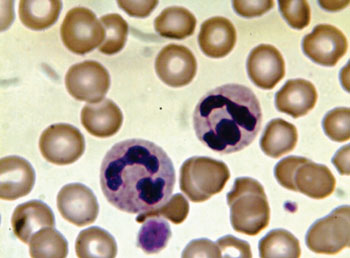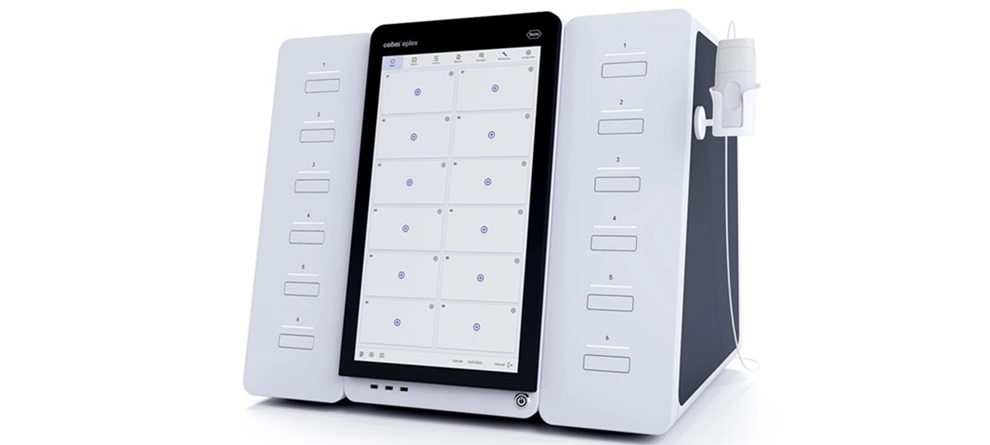Staining Methods for Malarial Blood Films Compared
By LabMedica International staff writers
Posted on 12 Jan 2015
Early parasitological diagnosis of malaria is the cornerstone of malaria treatment and control and although rapid diagnostic tests for malaria are increasingly used, microscopy remains the reference standard for malaria diagnosis. Posted on 12 Jan 2015
In malaria-endemic regions, thin and thick smear preparation are used to diagnose malaria, but examination of the blood elements can also reveal other causes of fever including leukemia, or clues for viral infection or bacterial sepsis depending on the staining technique used.
Scientists at the Mahidol University (Bangkok, Thailand) working with an international team in India examined peripheral blood slides from 1,180 fever cases admitted to a local hospital from August to December 2012. A sample of 10 µL ethylenediaminetetraacetic acid (EDTA) treated blood was used for the simultaneous preparation of two thin and thick smear slides, one stained according to Giemsa and the other according to Leishman method.
After fixation the blood slides were stained with either Giemsa stain (Qualigen; Mumbai, India) or Leishman stain (S D Fine-Chem Ltd.; Mumbai, India). In both Giemsa- and Leishman-stained slides, the thick smear was used for diagnosis and quantitative assessment, whereas the thin smear for species identification. Parasitemia in all malaria positive cases was quantified per 200 white blood cells (WBC) independently by two microscopists.
In the blood films from the 1,180 fever patients that were compared according to staining method, 111 were identified as parasitemic using Giemsa and 110 with Leishman staining. There were 92 with Plasmodium falciparum, 2 with P. vivax, and 17 with co-infections of both of these parasites. A total of 276 patients showed other abnormalities including shift to the left with toxic granulation of neutrophils, atypical lymphocytes, suggestive of infectious mononucleosis, and a single case of acute lymphoblastic leukemia (ALL). The difference in parasitemia between methods increased with increased parasite density.
The authors concluded that the Leishman's staining method for thin and thick smears is a good alternative to Giemsa's stain for identifying Plasmodium parasites, however the Leishman method was superior for visualization of red and white blood cell morphology. The time taken for staining was shorter with the Leishman method, which can be an important advantage in countries such as India where diagnostic laboratories are sometimes understaffed. The study was published on December 30, 2014, in the Malaria Journal.
Related Links:
Mahidol University
Qualigen
S D Fine-Chem Ltd.















